London captivates visitors with its extraordinary blend of historical grandeur and contemporary energy. The British capital has accumulated layers of fascinating history over two millennia while continuously reinventing itself as a global center for culture, finance, and innovation.
Here is a list of 20 essential London landmarks and experiences, from royal palaces to cutting-edge cultural institutions, that showcase the city’s unique character.
Tower of London
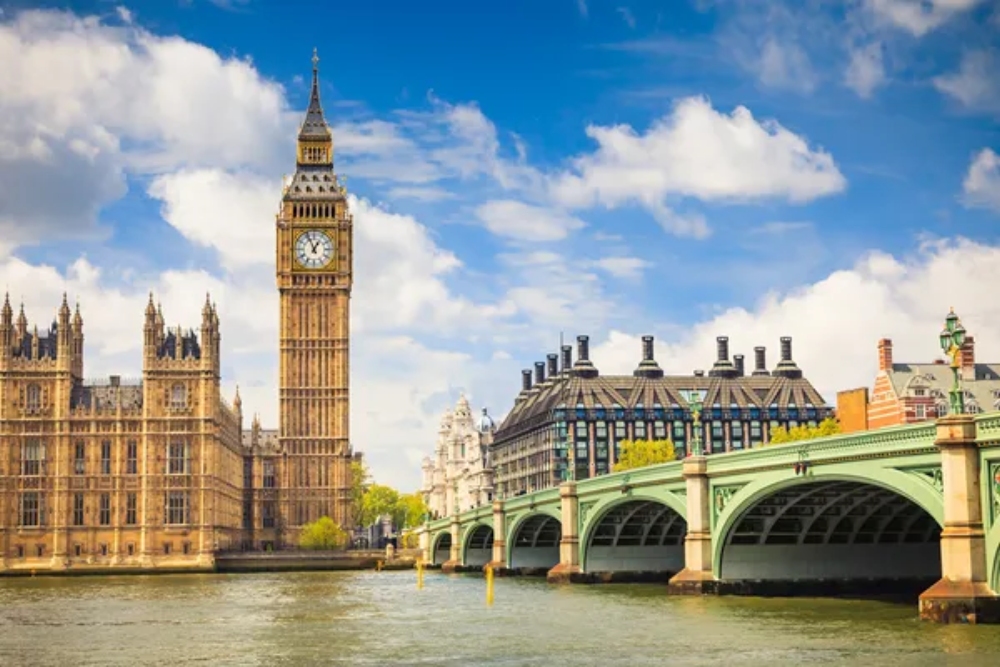
This imposing fortress on the Thames has served as a royal palace, prison, treasury, and zoo since William the Conqueror established it nearly 1,000 years ago. The Crown Jewels collection dazzles visitors with its display of 23,578 gemstones, including the Imperial State Crown worn during the opening of Parliament.
Yeoman Warders (popularly known as Beefeaters) lead entertaining tours filled with tales of intrigue, imprisonment, and execution that vividly bring the castle’s dark history to life.
British Museum
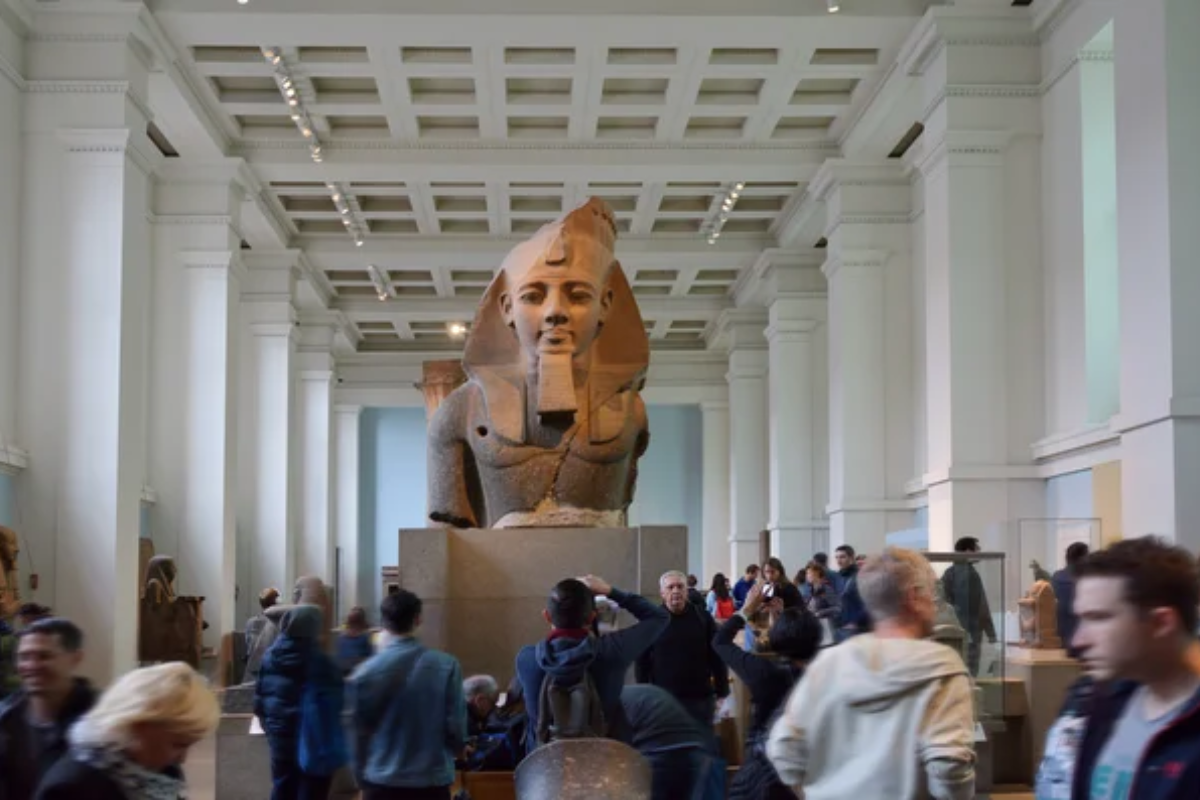
This world-class institution houses over eight million artifacts spanning human history across all continents. The controversial Rosetta Stone, which unlocked ancient Egyptian hieroglyphics, shares space with Parthenon sculptures, Assyrian lion hunts, and countless other treasures acquired during Britain’s imperial era.
The magnificent Great Court, with its sweeping glass roof designed by Norman Foster, creates a striking contemporary space at the heart of this neoclassical building.
Like Travel Pug’s content? Follow us on MSN.
Buckingham Palace
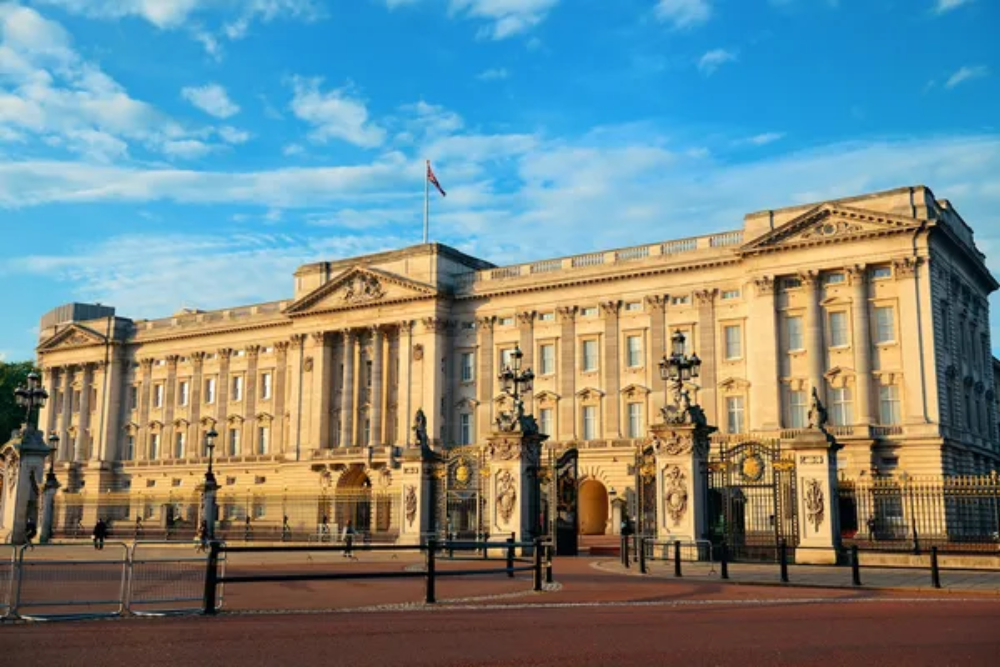
The official London residence of British monarchs since 1837 remains a working royal palace with 775 rooms behind its iconic façade. The Changing of the Guard ceremony features guardsmen in distinctive red tunics and bearskin hats performing precisely choreographed movements to military music on the palace forecourt.
The State Rooms are open to visitors during the summer months and showcase priceless artwork, furniture, and decorative objects from the Royal Collection, amassed over generations.
Westminster Abbey
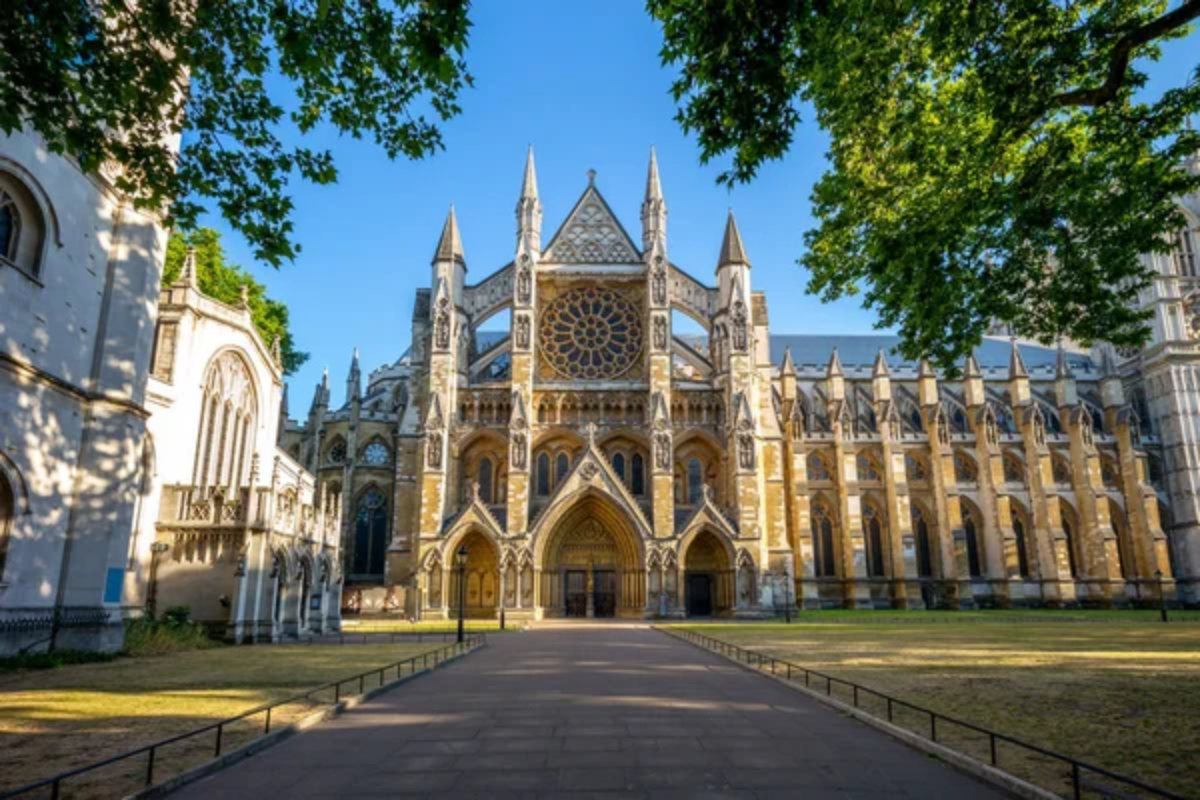
This magnificent Gothic church has hosted coronations for nearly a millennium and serves as the final resting place for seventeen monarchs alongside notable figures from British history. Poet’s Corner honors literary giants including Geoffrey Chaucer, Charles Dickens, and Jane Austen with elaborate memorials that celebrate Britain’s literary heritage.
The Lady Chapel, constructed by Henry VII, features spectacular fan vaulting and intricate stonework that represents the pinnacle of late medieval craftsmanship.
Houses of Parliament
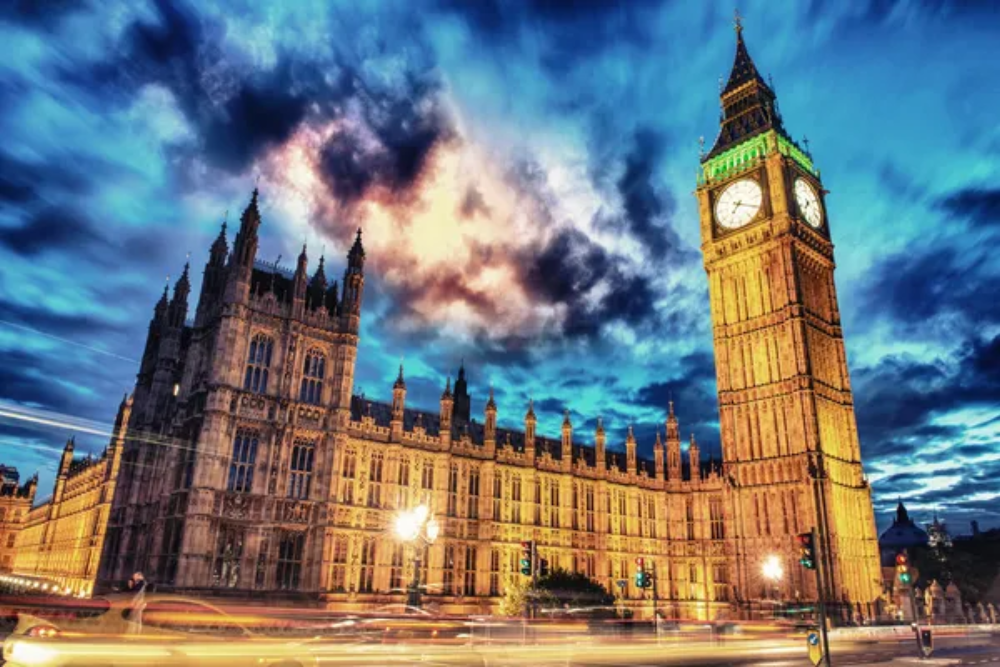
The neo-Gothic palace, officially known as the Palace of Westminster, houses Britain’s legislature beneath the iconic clock tower containing Big Ben. The elaborate limestone façade stretching along the Thames creates one of London’s most recognizable silhouettes, particularly when illuminated against the night sky.
The cavernous Westminster Hall dates to 1097, surviving fires and wartime bombing to remain the oldest existing part of the palace, with its remarkable medieval hammer-beam roof still intact.
Like Travel Pug’s content? Follow us on MSN.
Tate ModernTate Modern
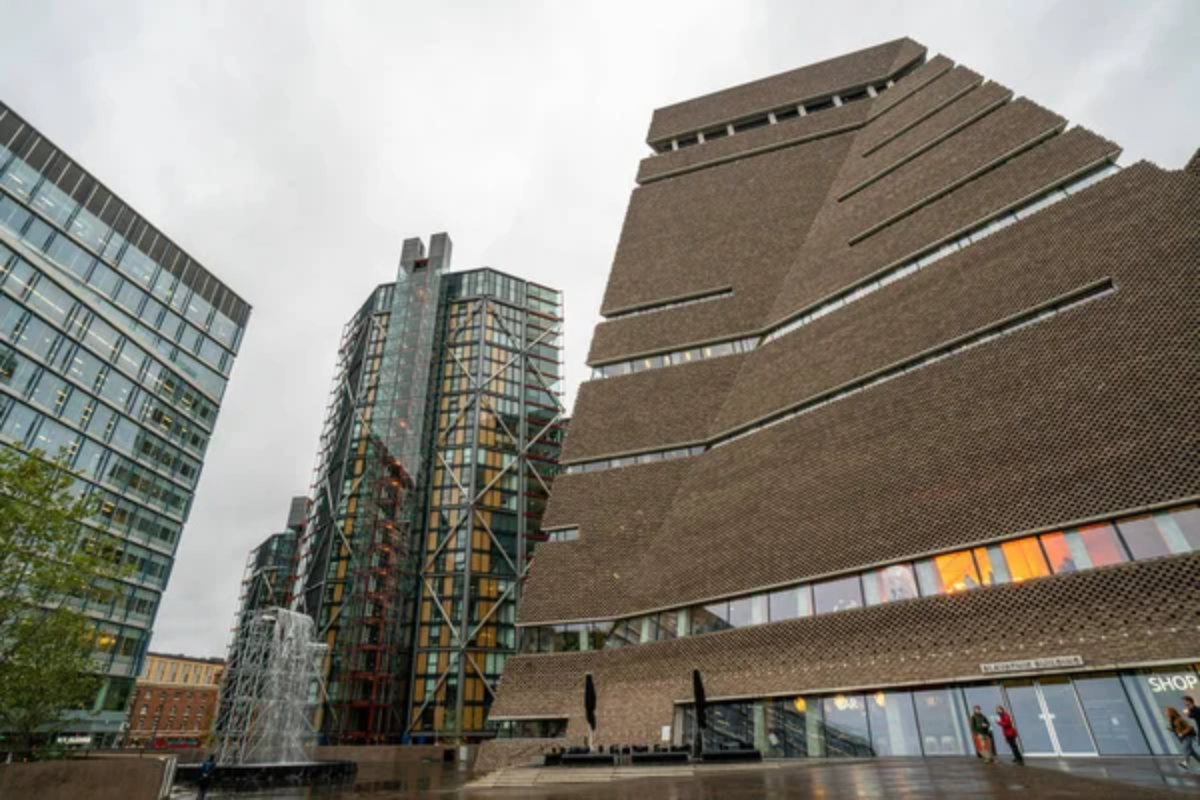
This powerhouse of contemporary art occupies a former power station with its massive turbine hall hosting ambitious large-scale installations by leading international artists. The viewing platform atop the Blavatnik Building offers panoramic vistas across London, with particularly striking views of St. Paul’s Cathedral and the Millennium Bridge.
The collection includes works by Picasso, Warhol, Rothko, and Hockney alongside rotating exhibitions that challenge conventional notions of what constitutes art.
Natural History Museum
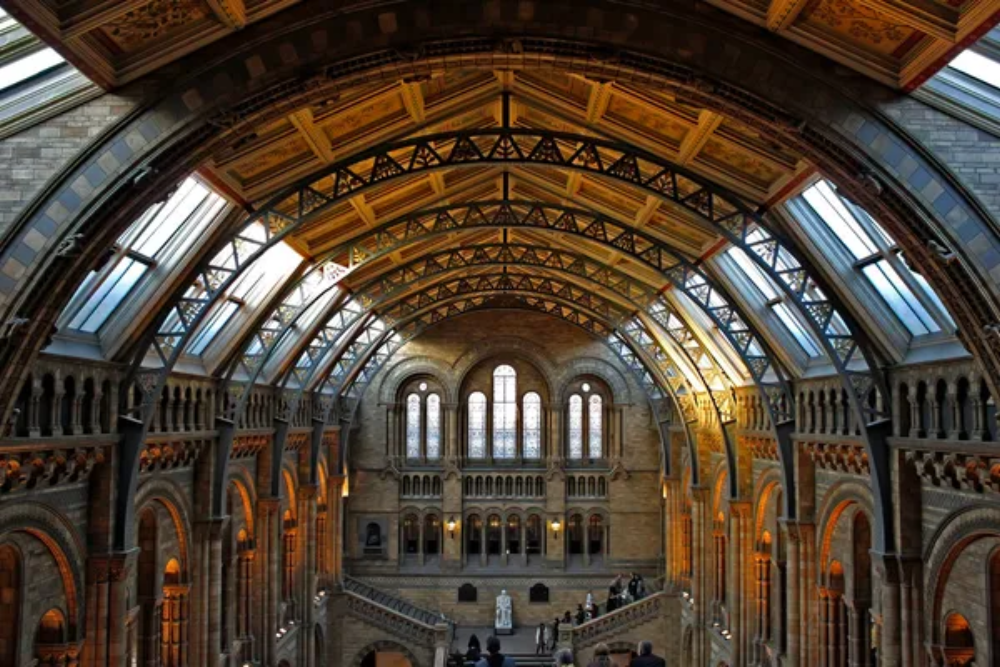
This Victorian cathedral to nature houses 80 million specimens in a magnificent terracotta building adorned with detailed animal sculptures. The breathtaking Hintze Hall features the skeleton of a blue whale suspended from the ceiling, dramatically showcasing the largest animal ever to have lived on Earth.
Interactive galleries explain evolution, human biology, and earth sciences through engaging exhibits that appeal to visitors of all ages, combining scientific rigor with visual drama.
Hyde Park

This royal park spans 350 acres of landscaped gardens, meadows, and mature trees in the heart of central London. Serpentine Lake cuts through the park, offering rowing boats and the famous Serpentine Swimming Club, whose members brave the water year-round, most notably during the Christmas Day race.
Speakers’ Corner continues a tradition of public oratory dating to the 1870s, providing a forum for anyone with opinions to share with passersby.
Like Travel Pug’s content? Follow us on MSN.
St. Paul’s Cathedral
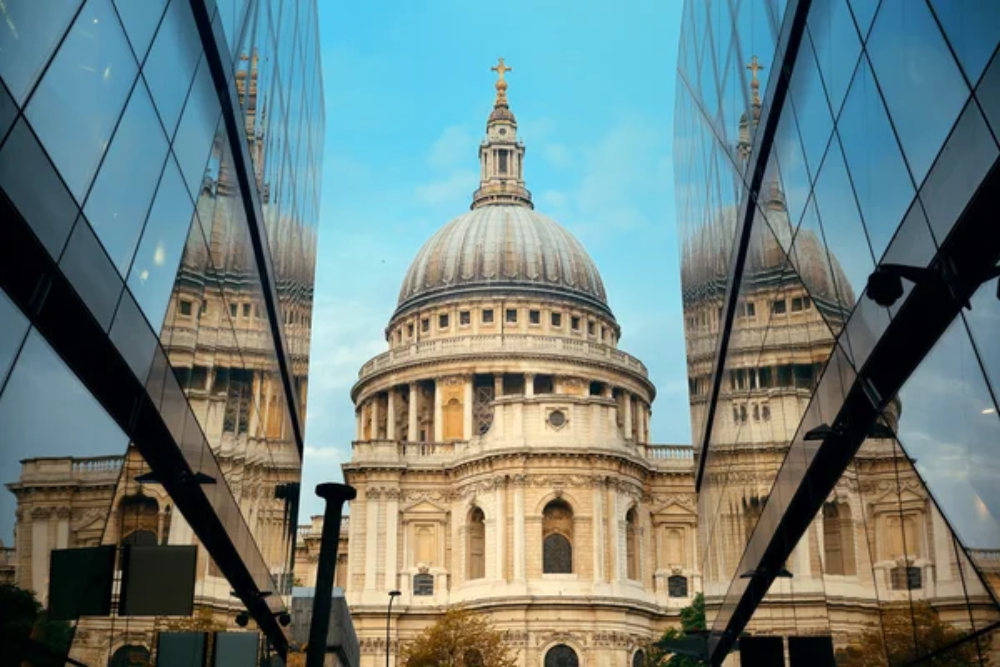
Sir Christopher Wren’s masterpiece has dominated London’s skyline for over 300 years since rising from the ashes of the Great Fire of 1666. The massive dome, second in size only to St. Peter’s Basilica in Rome, features the remarkable Whispering Gallery where words whispered against the wall can be heard clearly on the opposite side.
The cathedral survived the Blitz bombing of World War II to become a symbol of British resilience, with its silhouette against smoke-filled skies inspiring Churchill’s determination to preserve the building at all costs.
Victoria and Albert Museum
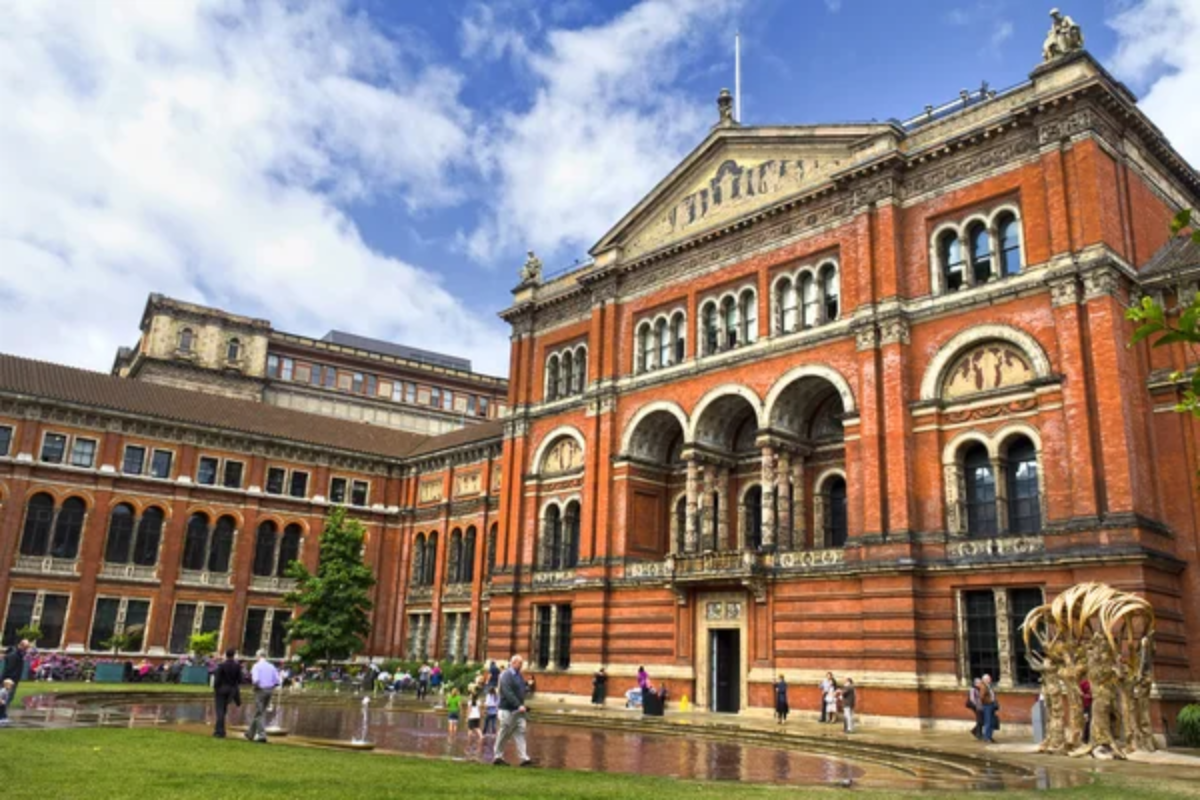
This treasure house of decorative arts and design houses over 2.3 million objects spanning 5,000 years of human creativity from around the world. The remarkable Cast Courts display perfect plaster reproductions of European monuments, including Trajan’s Column and Michelangelo’s David, which were created during the Victorian era for educational purposes.
The relaxing central courtyard features a shallow pool — perfect for cooling tired feet after exploring the extensive collections ranging from medieval tapestries to contemporary fashion.
Camden Market
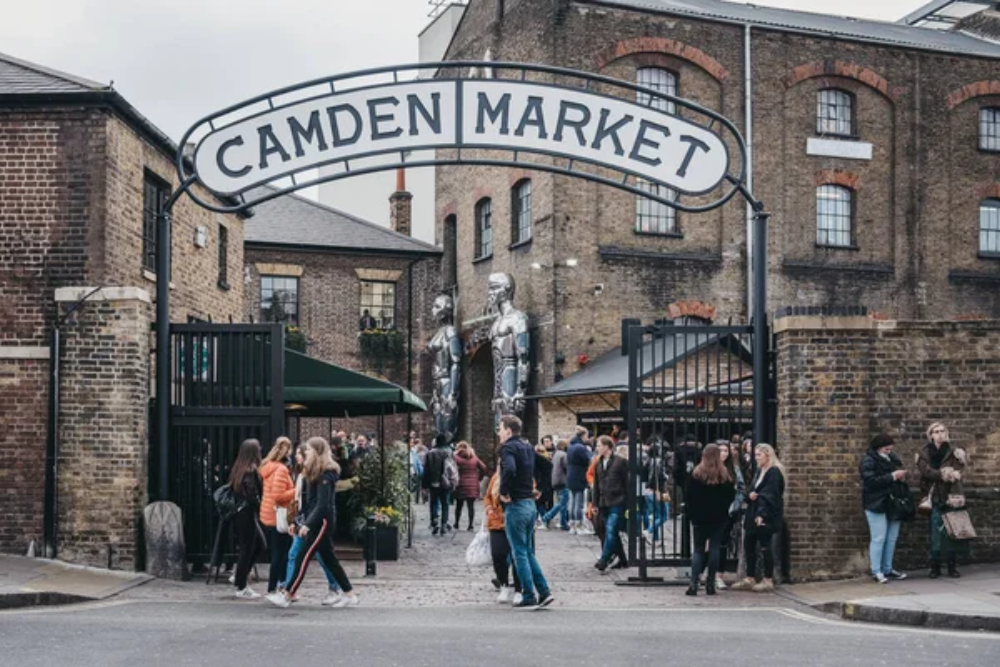
This sprawling market district encompasses multiple interconnected marketplaces selling everything from vintage clothing to international street food along the Regent’s Canal. The distinctive horse statue and former stable market preserve connections to the area’s history as a horse hospital serving the canal transport industry.
Food stalls representing cuisine from dozens of countries create an international food court atmosphere, particularly vibrant on weekends when Londoners and tourists alike browse the eclectic offerings.
Like Travel Pug’s content? Follow us on MSN.
Greenwich
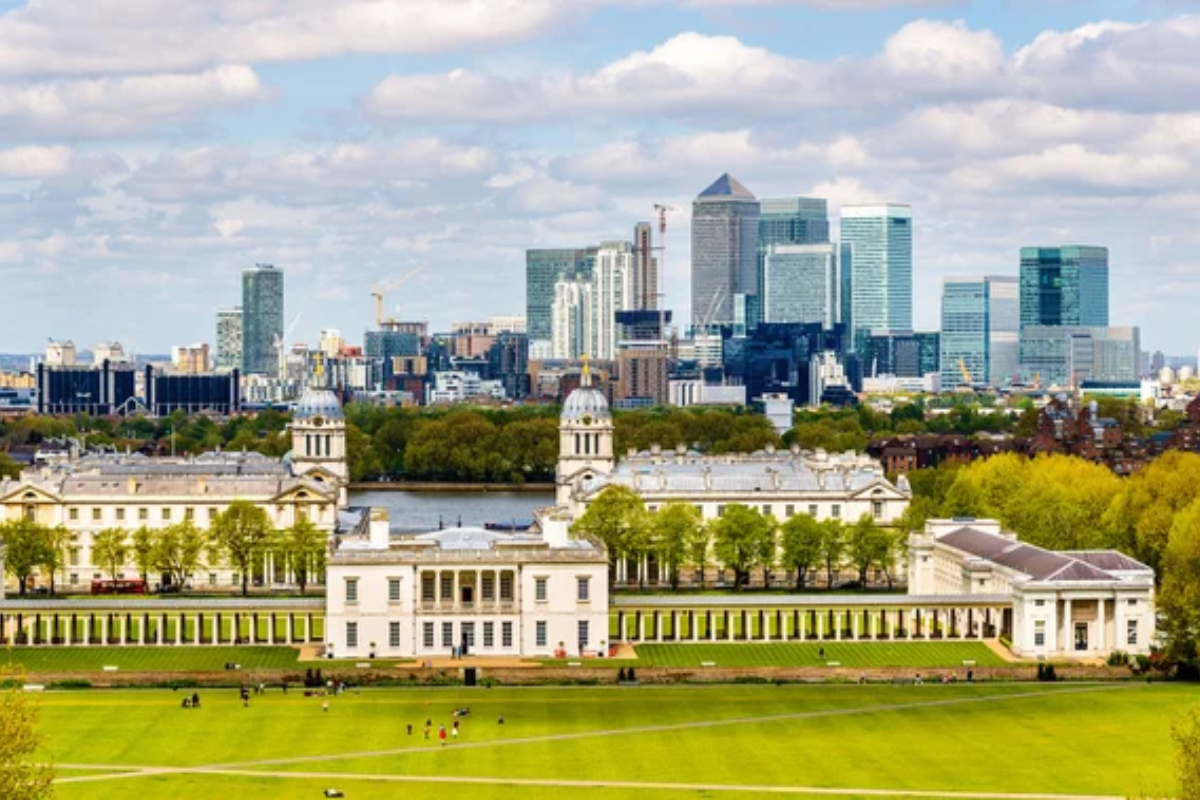
This riverside district encompasses major attractions, including the Royal Observatory straddling the Prime Meridian line where eastern and western hemispheres meet. The magnificent baroque buildings of the Old Royal Naval College, designed by Christopher Wren, create one of London’s most harmonious architectural ensembles overlooking the Thames.
The restored Cutty Sark tea clipper displays the sleek engineering that made it once the fastest ship of its type, now dramatically suspended in a glass dock allowing visitors to walk underneath its copper-clad hull.
Covent Garden
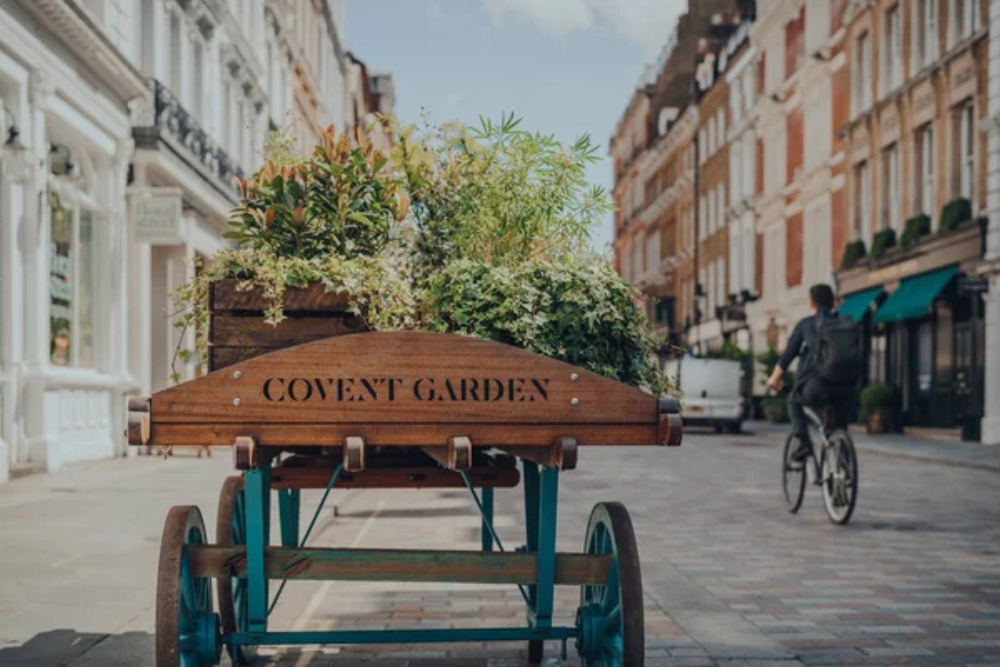
This former fruit and vegetable market transformed into a shopping and entertainment district, preserving its 19th-century market hall at its center. Street performers entertain crowds with music, magic, and acrobatics in the piazza, where Londoners have gathered for entertainment since the area’s development in the 1600s.
The Royal Opera House anchors the district’s cultural credentials, while surrounding streets feature independent boutiques, theaters, and restaurants, creating a distinctive atmosphere that draws visitors throughout the day and evening.
London Eye
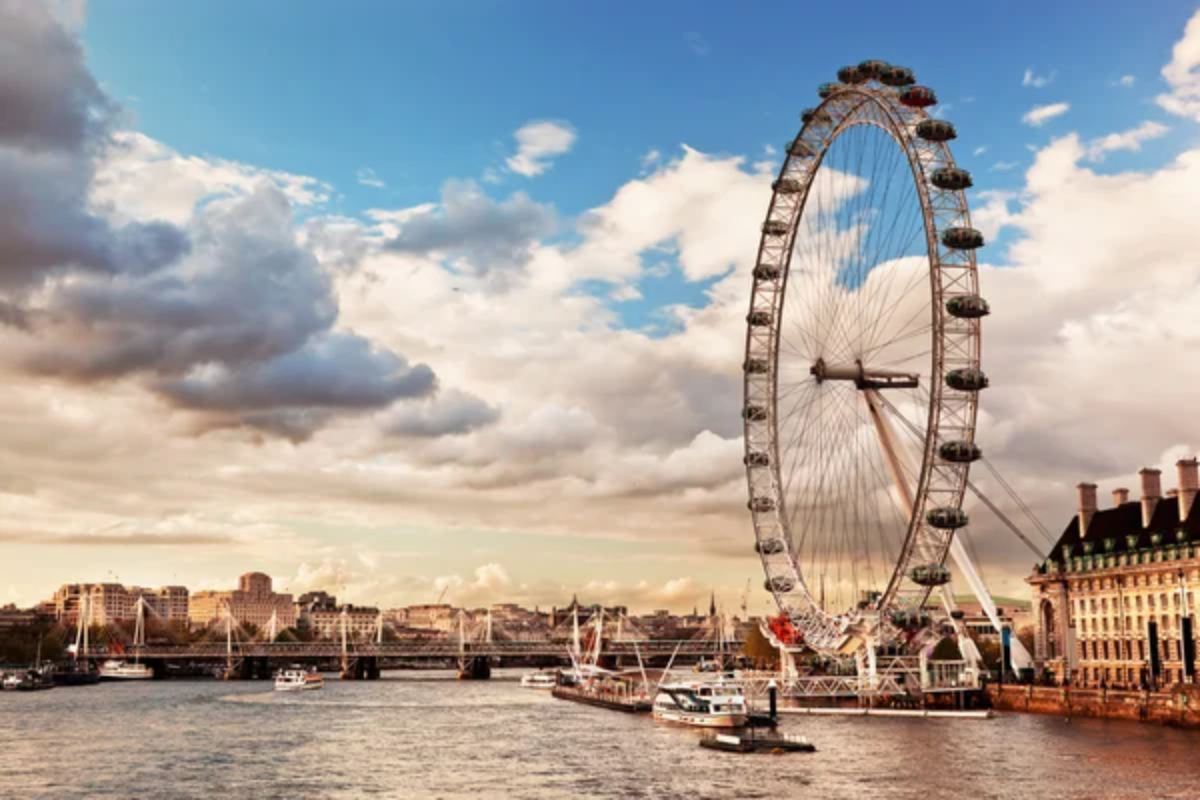
This giant observation wheel on the South Bank has become an essential part of London’s skyline since opening as a millennium project in 2000. The 32 glass capsules representing London’s 32 boroughs complete a 30-minute rotation, offering spectacular views extending 25 miles on clear days to Windsor Castle.
Evening rides showcase London’s illuminated landmarks, such as the Houses of Parliament and St. Paul’s Cathedral, which create particularly dramatic sights against the night sky.
Like Travel Pug’s content? Follow us on MSN.
National Gallery

This world-class art museum on Trafalgar Square houses over 2,300 paintings dating from the mid-13th century to 1900 in chronological arrangement. Masterpieces by Leonardo, Rembrandt, Van Gogh, and Turner guide visitors through the evolution of Western European painting across seven centuries of artistic development.
The central location with its backdrop of Nelson’s Column and iconic lion statues makes this a natural starting point for exploring London’s cultural offerings.
Borough Market
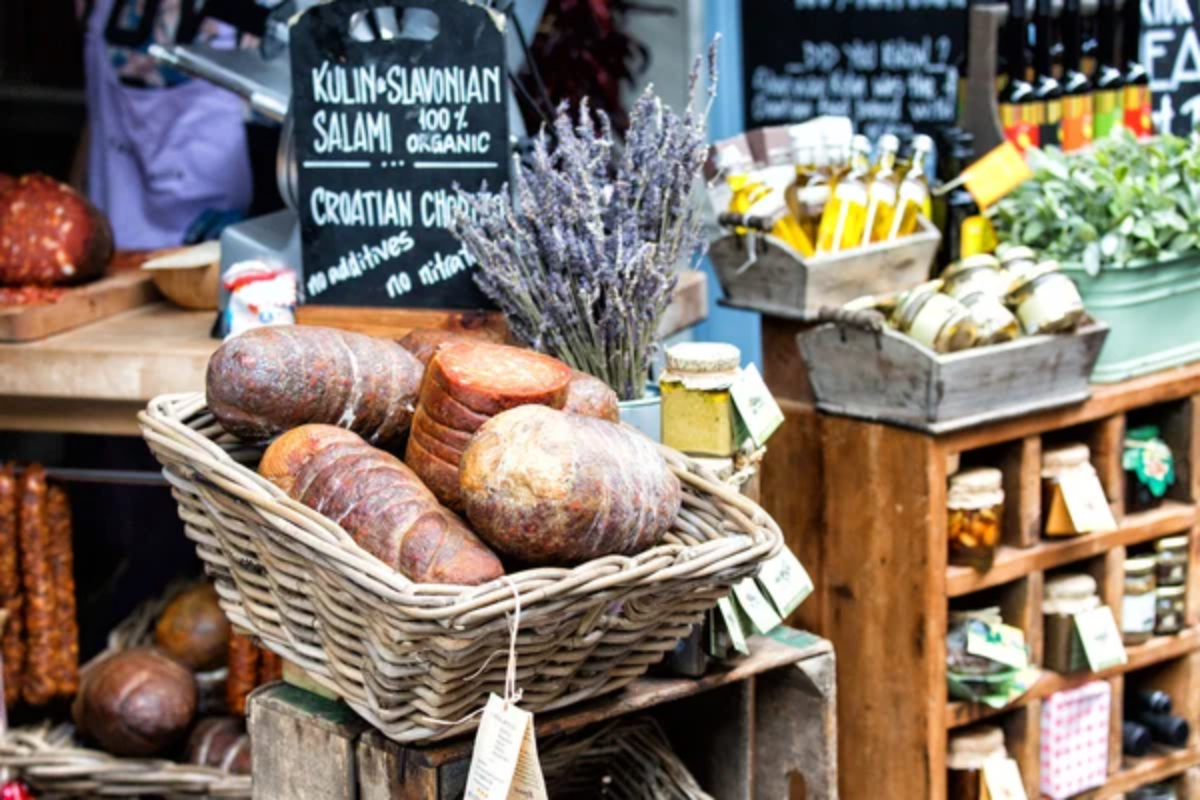
London’s oldest food market has operated in Southwark since at least 1014, evolving into a foodie paradise combining traditional British produce with international specialties. Artisanal cheese makers, organic meat producers, and bakers sell directly to customers, maintaining centuries-old market traditions in the shadow of Southwark Cathedral.
At lunchtime, office workers and visitors sample prepared foods from the numerous stalls, creating a lively atmosphere of communal dining beneath the railway arches.
Notting Hill and Portobello Road

This fashionable district gained international fame through films showcasing its colorful townhouses and bohemian atmosphere. Portobello Road Market stretches nearly a mile, transitioning from antiques at the north end through vintage clothing to fresh produce, reflecting the area’s evolution from a working-class neighborhood to a fashionable enclave.
The annual Notting Hill Carnival transforms the area each August bank holiday weekend with Europe’s largest street festival, celebrating Caribbean culture through music, dance, and food.
Like Travel Pug’s content? Follow us on MSN.
Shoreditch
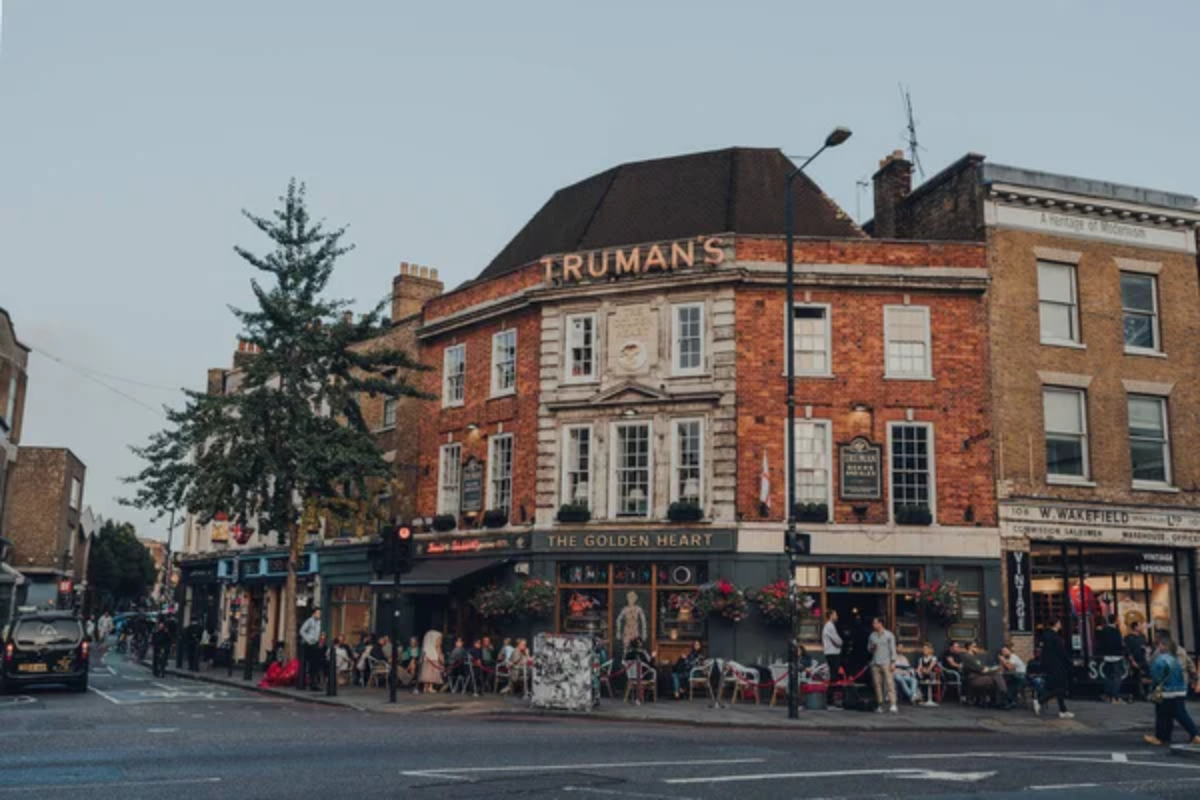
This trendy East London district showcases the city’s creative energy through street art, independent boutiques, and innovative dining concepts. Converted industrial buildings now house design studios, tech startups, and art galleries in an area that demonstrates London’s talent for adaptive reuse of historic structures.
The diverse food scene ranges from traditional East End cafés serving pie and mash to cutting-edge restaurants pushing culinary boundaries, reflecting the area’s blend of working-class heritage and contemporary creativity.
Kew Gardens
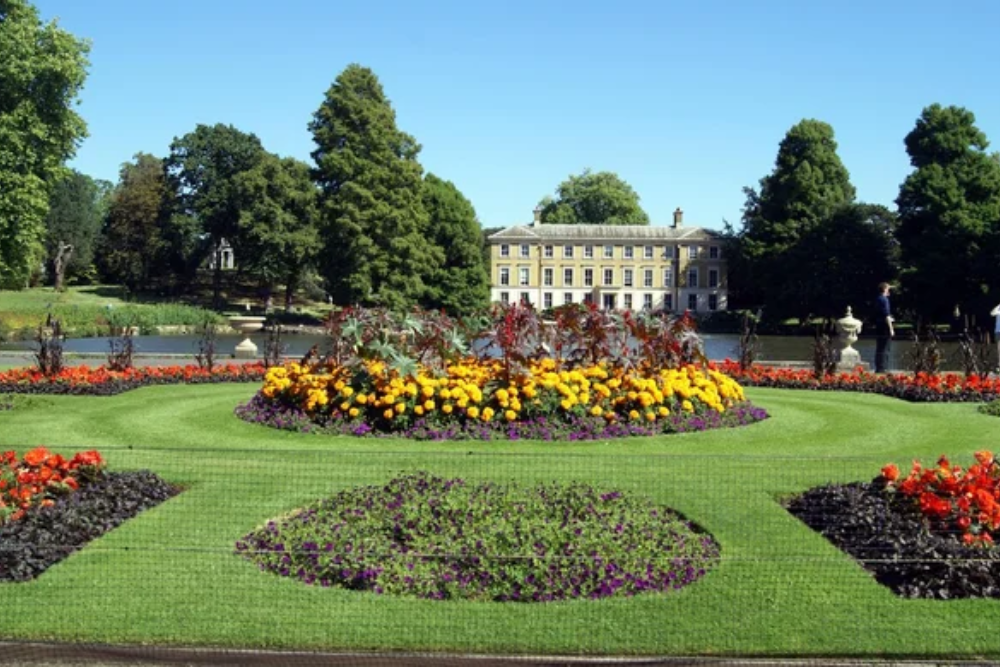
The Royal Botanic Gardens house the world’s largest collection of living plants across 330 acres of landscaped gardens, glasshouses, and research facilities. The Palm House, a magnificent Victorian glasshouse completed in 1848, recreates tropical conditions for rare palm specimens collected during the height of the British Empire.
The recently restored Temperate House, the world’s largest surviving Victorian glasshouse, showcases plants from temperate regions around the world that face threats in their native habitats.
Churchill War Rooms

This fascinating underground complex, preserved exactly as it was when the lights were switched off in 1945, served as the secret command center for Britain’s war effort. The Cabinet Room, where Churchill and his ministers made crucial decisions, remains frozen in time with maps, telephones, and planning documents still in place.
Churchill’s bedroom, where he occasionally napped during intense German bombing raids, demonstrates the prime minister’s determination to remain in London despite the dangers of the Blitz.
Like Travel Pug’s content? Follow us on MSN.
London Through the Ages
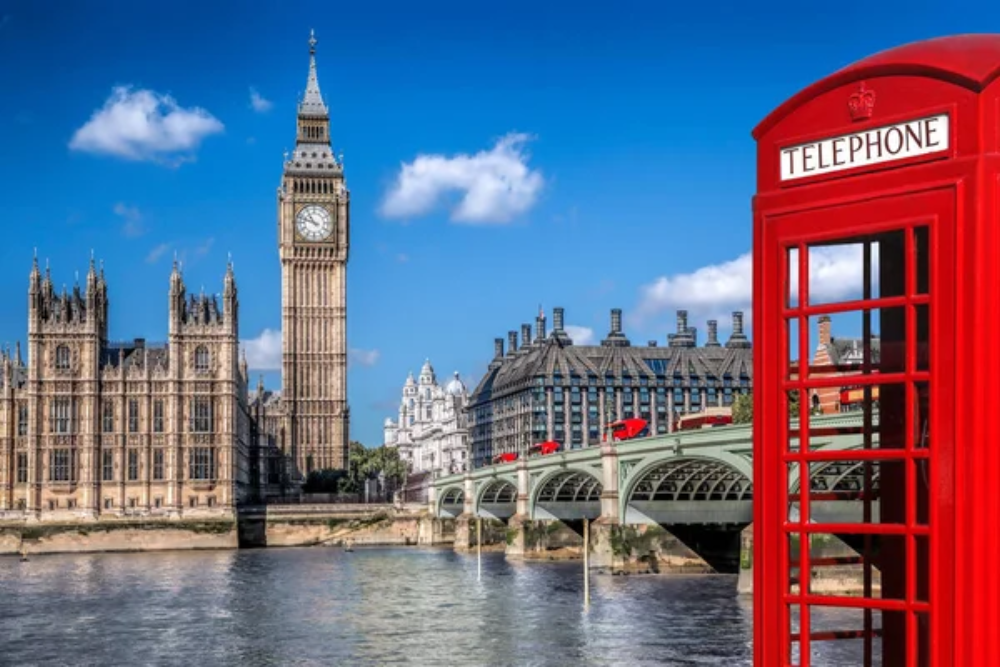
These 20 attractions merely scratch the surface of what makes London one of the world’s most visited cities. The capital rewards exploration beyond these highlights with distinctive neighborhoods, hidden gardens, and centuries of accumulated stories waiting to be discovered.
Whether admiring grand royal palaces or exploring cutting-edge cultural institutions, visitors experience the remarkable breadth of a city that has continuously reinvented itself while preserving meaningful connections to its historical foundations.
More from Travel Pug

- Cities Growing so Fast You Won’t Recognize Them in 10 Years
- 13 Destinations Where Tourists Regularly Regret Their Trip
- 16 U.S. Cities That Are Quietly Becoming Travel Hotspots
- Where to Travel If You Love Long Bus Rides and Daydreams
- 20 Cities Perfect for Solo Travelers Who Crave Adventure & Culture
Like Travel Pug’s content? Follow us on MSN.
